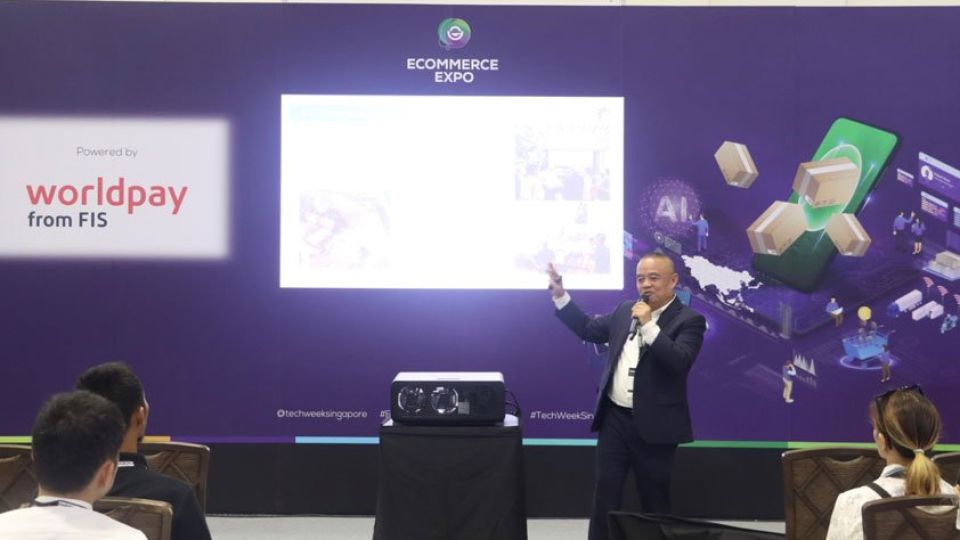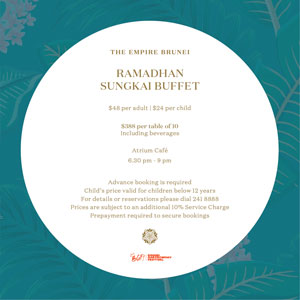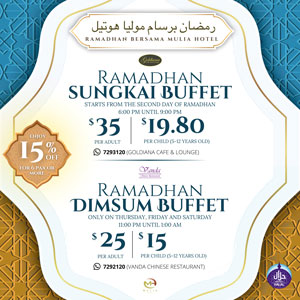VIENTIANE (ANN/THE VIENTIANE TIMES) – In a transformative development that has turned Laos into a pivotal logistics connector for Southeast Asia, China, and even Europe, Thanaleng Dry Port’s developer highlighted the nation’s tremendous potential for entrepreneurs.
Speaking at the eCommerce Expo Asia in Singapore on October 11, they emphasised how the operation of the Laos-China railway, converging with the Laos-Thailand railway at the dry port, has elevated landlocked Laos to the status of a land link country.
This strategic positioning opens up a wealth of opportunities for enterprising individuals and businesses seeking to tap into the growing trade networks that converge in this key geographical junction.
Managing Director of the dry port, Sakhone Philangam, showcased the opportunities Laos is offering at the fourth edition of the Expo, which took place on October 11-12 at Marina Bay Sands.
The event features business networking, conferences, and game-changing solutions to help businesses of all sizes achieve their goals.
With improved connectivity, Laos is better positioned to offer trade and investment opportunities, Mr Sakhone said.
Thanks to cost-effective logistics and transport services, more and more exporters are shipping freight to countries in the region via the new trade route made possible by the Laos-China railway, in particular between China, Laos and Thailand.
Opened for service in December 2021, the dry port last year handled more than 50,000 containers, averaging more than 4,000 containers a month. The number significantly rose to more than 7,000 containers a month over the first six months of 2023. The containers were destined for countries such as Thailand, Vietnam, Cambodia, Myanmar, Malaysia, Singapore, China and Russia.
Speedy rail transport has shortened the time needed to transport freight from the Thanaleng Dry Port International Border Checkpoint (Cargo Terminal) in Vientiane near the Thai border to the Chinese border to just four hours.
“It takes only four hours from Vientiane to China’s border,” Mr Sakhone told audiences at the Expo where his company set up a booth to showcase the business opportunities.
This most direct trade route has enabled Thai exporters to cut costs by about 30 percent.
By rail, shifting cargo from Southeast Asia to Europe now takes only about two weeks as opposed to 45 days by sea, he added.
Through the trade route, which forms a crucial part of the global infrastructure network – the Belt and Road Initiative initiated by China – trains from Laos pass through China, Kazakhstan, Russia, Belarus and Poland and terminate at Duisburg in Germany.
To Southeast Asian markets, freight shipped from the multimodal dry port can travel over a distance of about 700 kilometres to reach Thailand’s Laem Chabang seaport, about 150 km south of Bangkok. From Bangkok, the trade route connects to the Malaysian capital Kuala Lumpur and onwards to Singapore.
Mr Sakhone described the dry port as an important logistics and transport connector that connects Southeast Asia to China and Europe.
The USD195 million dry port and its associated Vientiane Logistics Park are a crucial component of the Lao Logistics Link project, being developed by PTL Holding Company Limited. This strategically important project also includes the Vung Ang seaport in Vietnam’s central Ha Tinh province, a planned railway linking the seaport to the dry port in Vientiane, and a dry port in central Khammuan province through which the railway will pass.
Through Vung Ang, freight can reach markets in the Pacific region, thus providing another trade opportunity.
Thanks to Laos’ central location, bordered by the world’s second largest economy of China, along with Myanmar, Thailand, Cambodia and Vietnam, and coupled with improved connectivity, the dry port’s developer said Laos is well positioned to set up production bases and value-adding activities for regional trade.
To this end, Vientiane Logistics Park Co, Ltd, a subsidiary of PTL Holding Company Limited, is also setting up a logistics park to welcome foreign investment.
The park includes an export processing zone, logistics park, free trade zone, and technology and halal hub.
Within the park, the developer is building all necessary facilities, while investors just need to bring in capital, machinery and know-how.
Investors benefit from a number of incentives by doing business in Laos, including a corporate tax holiday of eight to 16 years and lower Value-Added Tax, with cheap electricity being an added bonus.
Goods manufactured or assembled in Laos also enjoy privileged access to markets in countries whose governments have waived or reduced import tariffs on made-in-Laos products.
More than 30 countries including Australia, Canada, members of the European Union (EU 28), Japan, New Zealand, Norway, Russia, Switzerland and Turkiye have extended such privileges to Laos.
As a member of the Association of Southeast Asian Nations (Asean) and the Regional Comprehensive Economic Partnership (RCEP), investors also enjoy incentives and market access under Asean and RCEP free trade agreements.







